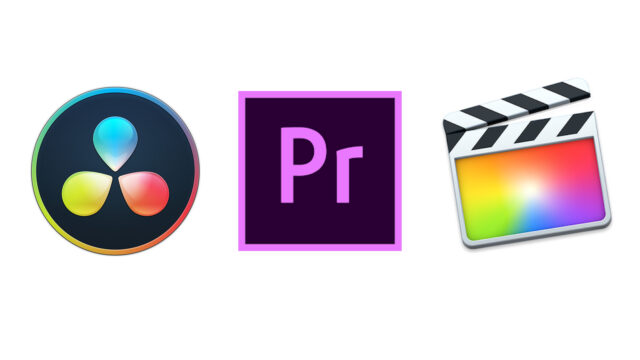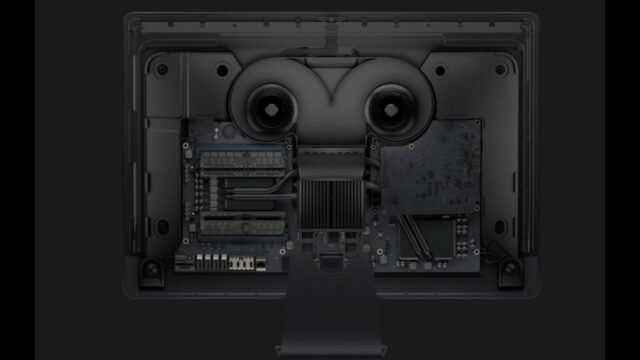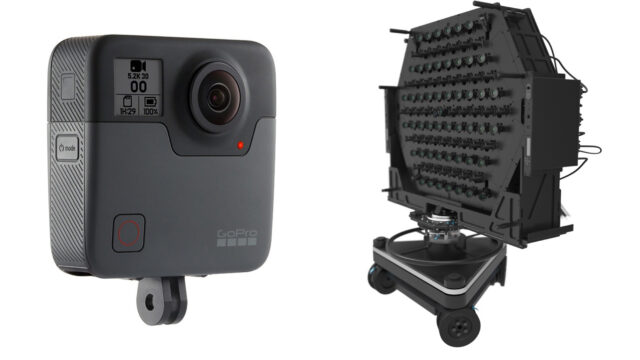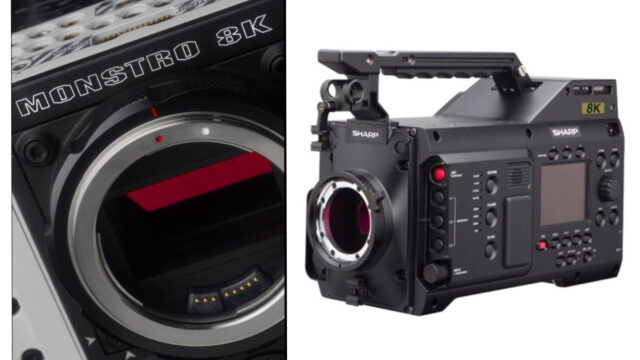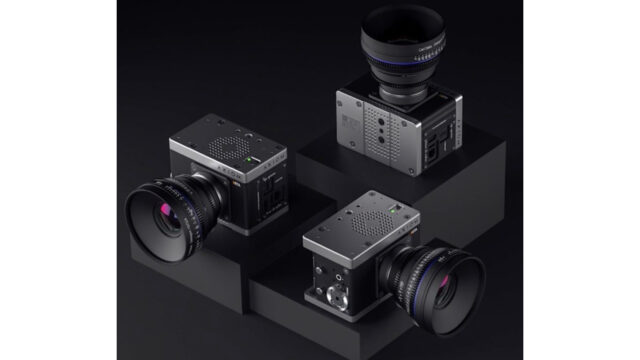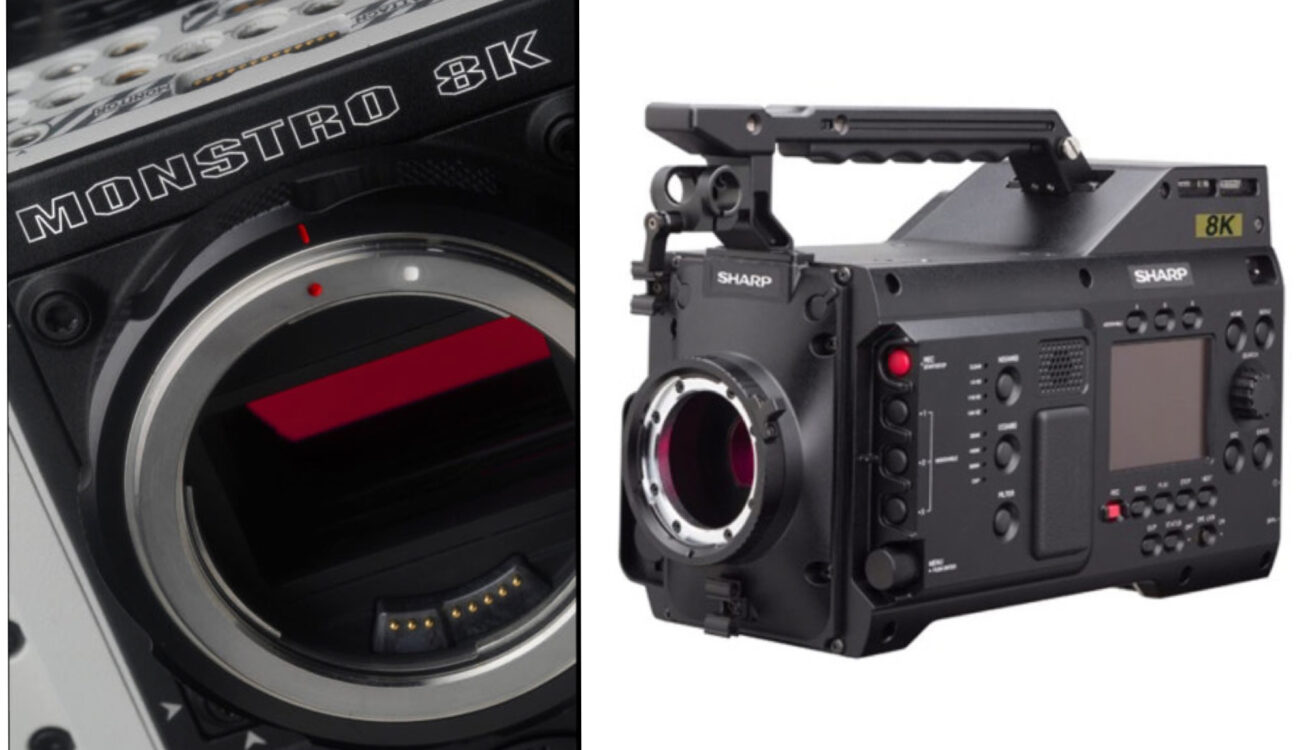
Once upon a time, there were film cameras and the cinematography world was a small niche dedicated only for professionals who used cameras that costed a fortune. The independent filmmaking world as we know it didn’t exist and making a film (even a short) was considered a heavy operation.
Much water has gone under the bridge since then, and these days most people own a camera and can go and make movies. Not that this is a bad thing, but where there is a need, there is also someone who would deliver – I’m talking about the cameras and software companies who have got crazy about unleashing their creativity in order to produce more and more products for enthusiasts and professionals like us. Let’s remember this year’s craziness.
The Grand Battle of the NLEs
When Blackmagic Design released its video tutorial to help FCP 7 users migrate to Resolve, I wrote an article that generated heated discussions mainly between FCPX, DaVinci Resolve and Premiere Pro users who tried to justify their NLE weapon of choice.
BMD indeed implemented many features, which I can honestly say from a perspective as a past software product manager, were pretty impressive in terms of software development. Anyone can see that the main goal is to attract users and persuade them to migrate to Resolve for not only grading, but also for editing.
Of course, Apple and Adobe fought back, releasing tons of feature of their own.
It is important to note that more features are not an indicator of software efficiency. As an editor, I know that the most crucial part in the NLE is SPEED! One can design a very complex and impressive piece of software with a lot of new features that can only result in impaired speed. Indeed, users have reported of slowed workflow with the premature software, and say that it is impossible to edit a decent project on a laptop using Resolve as a NLE, and I’m not even talking about 4K footage.
These days, there is a lot of choice for editors. The graphical user interface across all software is very similar, and the migration process has been made easy. However, I wish NLE companies would concentrate more on improving speed than developing cool 360 VR effects. Editors need to cut, but to cut fast. Simple as that.
In summary, I do think that, despite all this criticism, Blackmagic Design is the innovator of the year with regards to software. The speed of their software needs improvements, but they are on the right track.
The Grand Battle in Hardware: PC builders vs. iMac Pro future owners
Build your own PC or buy an iMac Pro? This is the question.
When Apple released its iMac Pro, my article gathered a few dozen comments criticizing the steep price of having the privilege of editing with this machine. Yes, the iMac Pro is a beast for the Pros starting at $4999, going up to $13,199. Many readers claimed that it would be a lot more efficient to build your own PC. In fact, it seemed that our readers were divided into two groups: those who prefer to buy a complete machine and those who build it from scratch component after component. Judging from the comments, it seems that it’s very hard to build a pro machine for vast editing tasks, and it wouldn’t present a huge difference regarding price. But there was a rough discussion, no doubt about it.
In the era of high-resolution editing and rendering (we’ll take a look at that in a minute), it looks like there is no such thing as the perfect machine. You will have to pay a lot, though, no matter if it’s a PC or an iMac Pro, that’s for sure.
The biggest significant advantage of a Mac is that all the components and the software are assembled by the same company, and thus there is synergy. That’s true when working on a Mac with FCPX, but if you are editing with Premiere Pro, it’s a whole other thing.
Although the battle of Mac vs PC is not new, it does seems like it has become tougher due to today’s higher editing requirements demanding more from the necessary hardware..
It will be interesting to see who will throw the knockout!
The Biggest Innovation of 2017 – 360 VR filmmaking…?
Remember films in 3D? Well, it hasn’t gone away. Far from having become a mainstream tool in filmmaking, it’s still around.
From my perspective, cinema is cinema. What is so beautiful about films is that film is film. It is a product that allows us to escape reality and feel different for a couple of minutes or hours by creating a meaningful experience. From what I have seen until now, this experience has not been elevated by 3D.
I do think that this will be the same in regards to VR 360. Many companies have been quickly developing tools (both software and hardware) to try and satisfy the increased need for something new. Take for example the GoPro Fusion, or Lytro’s Immerse 2.0 – an insane, ultra-expensive VR tool. Also, there are the new VR editing tools developed by FCPX and Premiere Pro.
What I am trying to point out is that developing the most innovative tools in this conservative field might actually end up backfiring. My prediction for the upcoming year is that we’ll see 360 VR filmmaking fade out somewhat – but only time will tell. It could also be the beginning of something new that has little to do with traditional cinema.
The Year of 8K… but what about 4K?
RED started it, and RED is still trying to lead. I’m talking about the race to the peak of maximum resolution.
At a point where many are still not well-enough prepared for dealing with 4K footage, RED has already started smashing us with 8K cameras, making this a “standard” we’ll have to live with.
Many say 8K is the most “natural” resolution compared to what our eye sees, but it is important to note that 8K is not a new venture at all. RED announced the Weapon 8K back in 2015, and even then RED wasn’t even the first in 8K. Astro Design announced the 8K-capable AH-4800 camera back in 2013, but it seems like all of a sudden it has now become mainstream. Fanning the flames of this madness, RED also announced the Monstro 8K VV full-frame sensor in 2017.
One of the other 8K surprises in 2017 was none other than an 8K camcorder from Sharp, designed for broadcasting stunning 8K images right into your living room.
Of course, this is far from being the end of the race, as there is talk of 10K cameras capable of delivering much more natural images. I can only imagine the computer specs required to edit and render this huge amount of data ( iMac Pro Plus, anyone?).
Other manufacturers have continued to bring more affordable high-end cameras to the sub-$10K market, like the Canon C200 or the Panasonic EVA1 – and in this field, 4K has finally really become the standard.
The Year of Open-Source Innovation
For the finale, I’d like to mention this most fascinating initiative which reminds me of back in my startup days when we wanted to change the world from our garage. A lot of great companies were invented that way (Facebook, Google, Amazon and even Apple), and now we have something in the cinema camera market, a very cool project called Axiom. The goal is to develop a fully-functional 4K (and beyond) open-source cinema camera. Initiatives like this have the potential to disrupt the camera world.
Final thoughts
So, what did 2017 leave us? Ultra-powered computers built from scratch, NLE battles, VR 360 “innovation”, “standard” 8K and open-source cameras. Although these advanced technologies are fascinating, we must not forget that a film is a film. The goal is to tell a compelling story: the art itself is the most important thing. In this ocean of technology, be first and foremost an artist and a filmmaker. Let us remember that!
What are your thoughts about this? Let us know in the comments.

